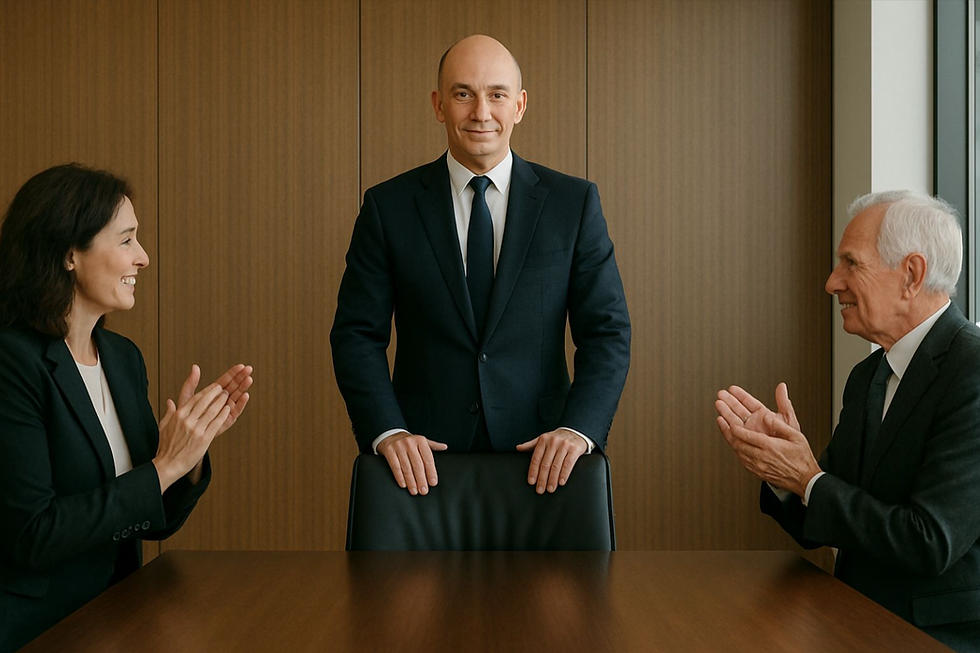Why Smart VPs Stall Out Before Principal
- Austin Shaw
- Jul 21
- 1 min read
Updated: Sep 1
By Austin Shaw
The move from VP to Principal is one of the most misunderstood transitions in private equity.
At VP, you’re expected to run deals.
At Principal, you’re expected to lead—internally and externally.
That leap isn’t about doing more. It’s about showing the firm you’re already operating at the next level.

Here’s where most smart VPs get stuck:
Focusing on the work instead of the outcomes
Not mentoring or managing the team below them
Expecting recognition to come automatically
Hesitating to “own the room” with management teams, bankers, or IC
Waiting to be told what leadership looks like—instead of demonstrating it
From my coaching work with VPs at top firms, here’s what distinguishes those who get promoted:
You shift from executing to leading.
You’re not just answering diligence questions—you’re shaping the deal’s narrative, seeing around corners, and pushing back when conviction isn’t there.
You manage people, not just process.
You elevate your team, mentor Associates, give real-time feedback, and create clarity when things are messy. The firm is watching to see if others grow under you.
You represent the firm.
You show up with presence—with management teams, bankers, LPs. Your voice becomes the firm’s voice. That takes confidence, judgment, and consistency.
You track your wins—and tell the right story.
No one’s keeping tabs for you. Principals make the case for themselves by being intentional about how they show up and what they highlight.
Getting promoted isn’t a reward for past execution—it’s a bet on future leadership.
If you're a VP aiming for Principal and the feedback is vague—or the firm is silent—reach out.



